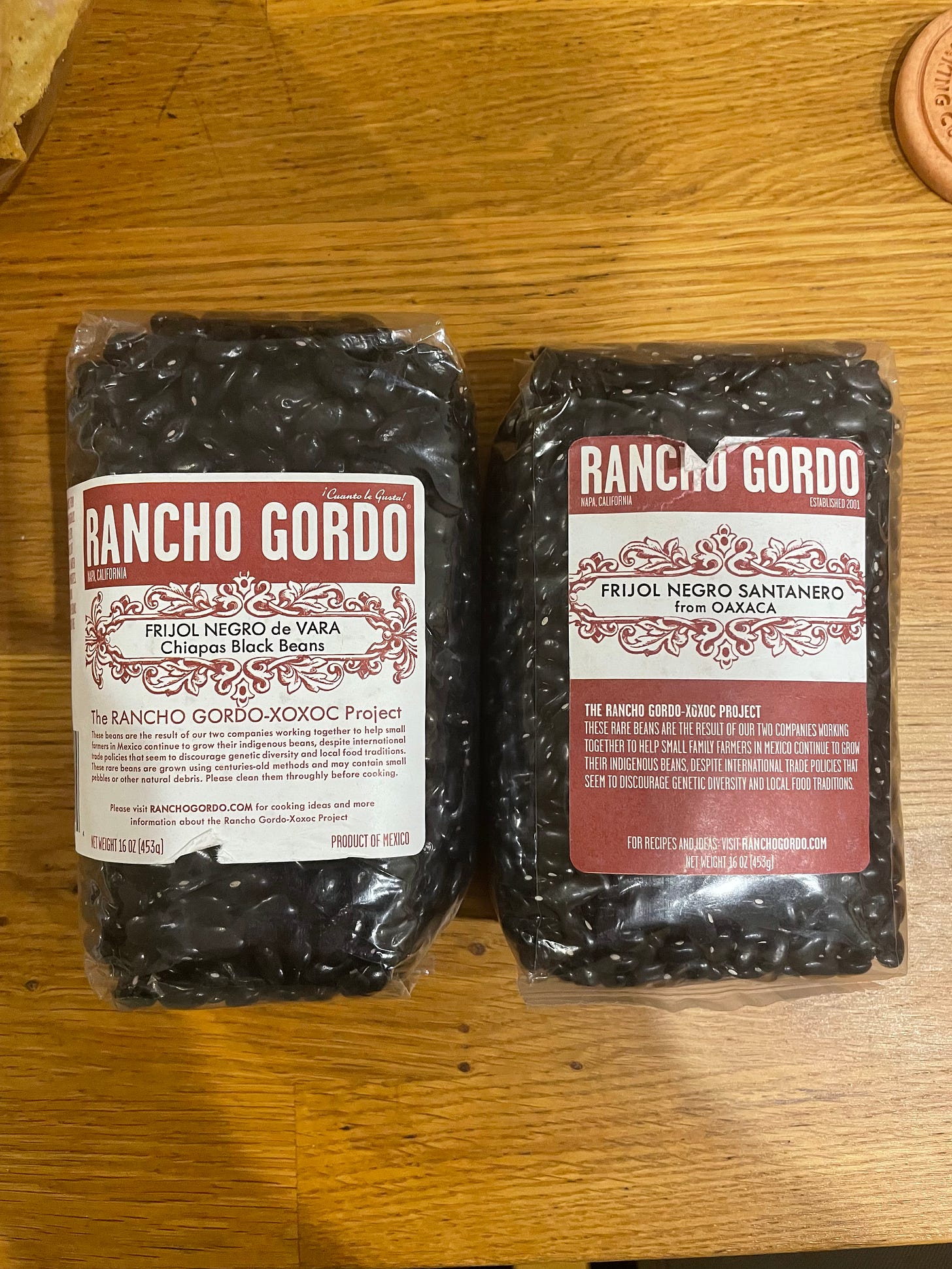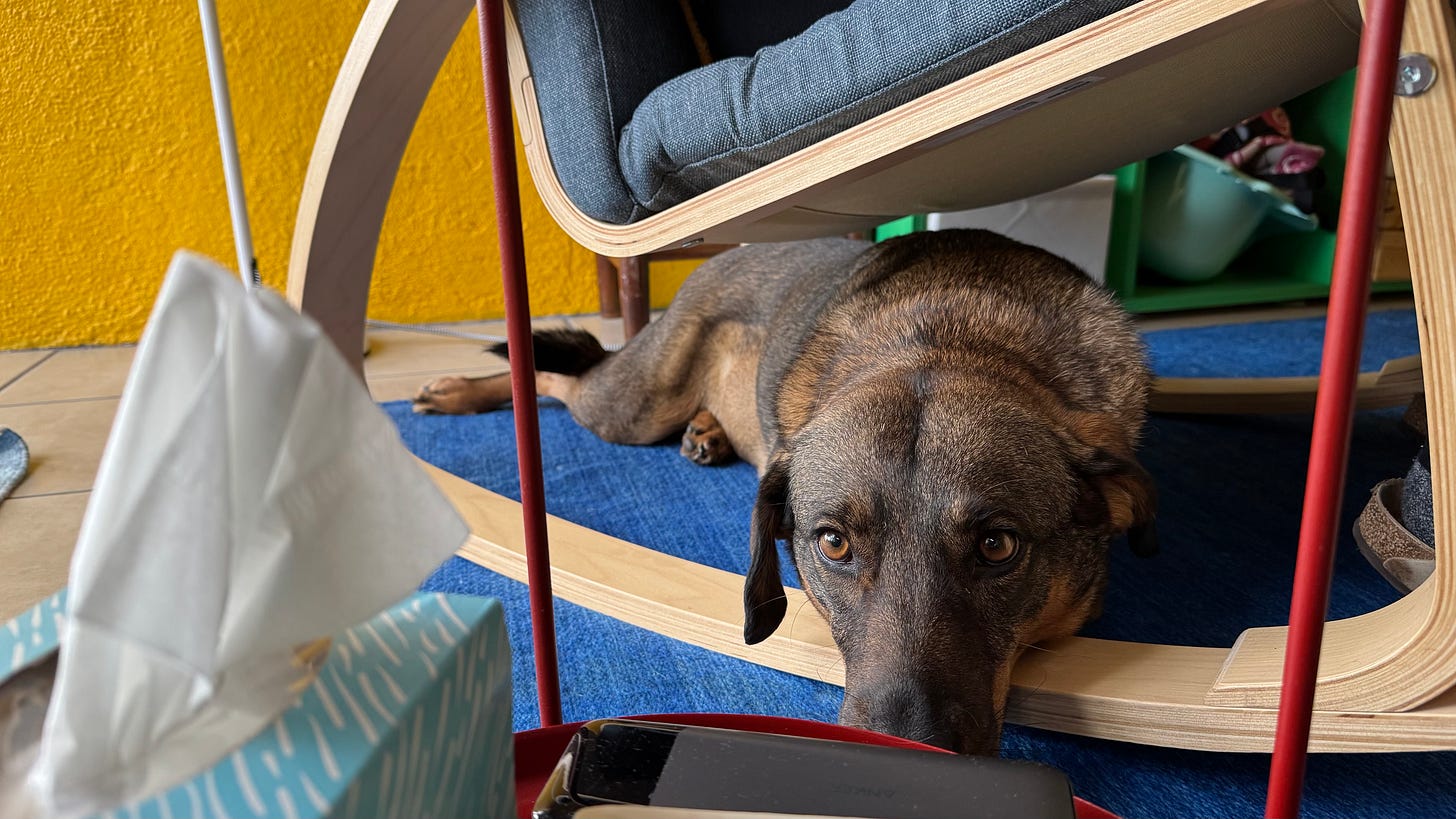Today’s entry is part of a recurring series excerpted from the book proposal I am working on. The same type and variety of posts I’ve been writing will also continue to appear. The previous entry is linked below. Thank you for reading!
Leaving New York City was one of the hardest things we’ve ever done. When we ate our final meal at our favorite neighborhood restaurant, Maison Pickle, we cried so often during dinner that our server probably thought we’d just experienced a serious personal loss or were coping with terrible and traumatic news. When we arrived at LaGuardia airport and hauled our eight bags and suitcases across a section of floor containing a giant embossed metal symbol of the state of New York—complete with the state motto “Excelsior” (“Ever Upwards”)—the loss felt even more profound. Yes, we were moving on to a new chapter in our life, in a new country, in a new and beautiful house on the side of a hill, but what we were giving up by leaving that devilish, beguiling city felt especially potent.
Things were made even worse when, after finally landing at the airport in Oaxaca, customs seized almost all of my beans.
No place is perfect and while Oaxaca is resplendent with profound natural beauty, has vibrant and diverse Indigenous heritage, and is known across both Mexico and the world for its cuisine, it lacks shopping opportunities. Penny and Victor, from whom we purchased our house, warned us that Oaxaca is the kind of place where you can have wooden furniture custom-made for you but where it’s also almost impossible to buy nice bath towels. Yes, the state’s cuisine is incredible, but if we wanted to eat in the same manner as we did back in New York, and cook the same wide range of international dishes that we enjoyed on almost a daily basis in our small walk-up Manhattan apartment, we’d need to bring ingredients with us.
The decision to bring many pounds of dried heritage beans to Mexico was not completely because we thought we’d be running a bean deficit in a country famed for its legumes. Really, it was because during the height of the pandemic, after months of waiting, I’d finally gotten off of the waitlist for our favorite bean company and started receiving no less than six pounds of gorgeous, multi-colored beans every three months.
Even for people who love beans (and need more dietary fiber) six pounds of dried beans is a lot to eat every quarter, and soon an entire shelf of our pantry was filled with beans. When it came time to move we decided we might as well bring them with us, especially considering we might not be able to purchase the rare Italian varieties we had felt we must own, and which we then never got around to cooking.
Going through Mexican customs with eight backpacks and suitcases bulging with cooking ingredients made us an obvious target for customs and as soon as our bags had passed through a mandatory x-ray screening they flagged us to the side and began rifling through our belongings. We were unconcerned, though, as virtually everything we’d carried through was fine to bring into the country. Even when the customs officer held up a glass Mason jar filled with a mysterious dried and leafy herb (fenugreek leaves) and raised his eyebrow quizzically I wasn’t concerned.
Things changed though when the lead customs inspector happened upon a cache of beans. Soon he was pulling out bag after bag, and from his face, it was hard to tell whether he was alarmed or simply puzzled. “You know you can’t bring beans into Mexico, right?” he said in Spanish. “Why do you even have this many?”
“Well, they’re varieties I can’t buy here in Mexico…” I began explaining in incomplete Spanish, but I trailed off after seeing the customs agent’s unconvinced expression.
With an air of satisfaction that made the entire encounter feel even more irritating, the agent began plunking bag after bag of beans onto the counter next to him. I looked on forlornly as the plastic sacks piled up but decided I’d lost this fight. Being arrested by customs on a bean-related smuggling charge would be hard to explain to the immigration officials I’d be meeting with within the next four weeks, who would, I hoped, grant me my temporary resident visa.
After sniffing through our bags one more time the customs agent gave a satisfied nod. “We’re taking these beans, and don’t do this again,” he said sternly. Finally satisfied, he waved us on toward the exit. We hastily zipped up our possessions, piled our bags onto a gigantic waiting luggage cart, and hustled through the security gate.
As we walked into the terminal I leaned toward Andrea and whispered, “Did he get them all?”
“We shouldn’t talk about this right now, but no,” Andrea said. “We’ve probably got at least another ten pounds at the bottoms of our other bags.”
Note: The entire airport bean debacle now seems silly. After all, what kind of person brings beans to Mexico, a country where beans are sold on every corner and served in virtually every restaurant? But what we’d packed and how we felt about our ingredients betrayed deeper anxiety, and even sorrow, about moving.
When you live in the United States, and especially a city like New York, it’s easy to lose sight of the abundance around you, but we’d been explicitly warned before moving that in Oaxaca it is much harder to live a life of great variety. We were excited about what was to come and felt ready to embrace profound change, but we were also fearful. The ingredients we carried in our bags made me feel like I had something to tether us to a sort of normalcy and a taste of our old life.
We still bring home as many ingredients as we can carry every time we return to Mexico from a different country and it’s very true that there are things you simply cannot get here. I have fantasies about being able to find Chinese broccoli, and thoughts of the days when I could walk to the famed (and ludicrously expensive) grocer Citarella to find ice-cold Wellfleet oysters brought in that same day are strong enough to almost bring me to tears. But the cultural wealth of Oaxaca is exceptional and as time goes on the broader desire for outside flavors and influences grows ever stronger. Only a couple of months ago an Asian wholesaler opened in the city and now I can buy giant five-kilo sacks of shrimp, and sushi-quality tuna and salmon whenever my heart desires.
I’m not quite sure what these changes mean for the future of Oaxaca, a place where legacy and heritage are incredibly important, but I’m not certain it’s a bad thing. Just because people want something new, something beyond their current horizon, doesn’t mean they’re rejecting or forgetting their own culture. But for me, these changes mean this place feels a little bit more like home.







This was so relatable, haha. When I was packing up to move from NYC to Japan, I figured there was no way I could bring my several shelves full of opened and half-used cooking spices. Fortunately I was able to find good homes for all of them, but it was still a bit heartbreaking. I was very happy to find a local spice shop with a great variety and an online presence after I moved. I miss the cheese selection at Fairway, and I've seen fresh fennel bulbs and butternut squash exactly once in ~6 years, but I've also discovered many previously-unknown-to-me local ingredients that I now love cooking with on a regular basis, like komatsuna and Japanese pumpkin.
OMG the bean caper debacle gave me the laugh I needed on this Sunday morning made more mellow by the almost predictable CFE outage.